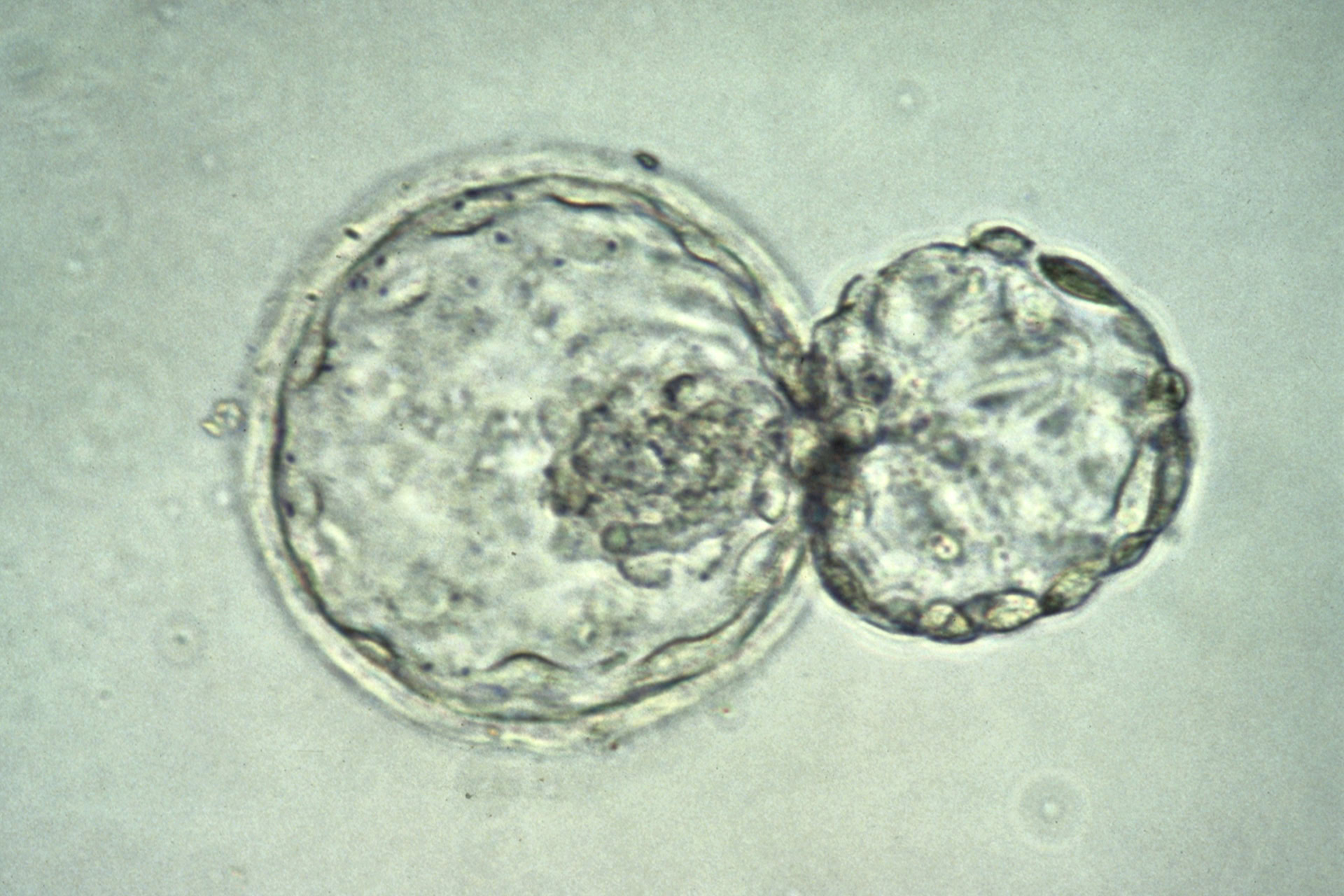Japanese researchers have overcome a major obstacle to treating severe spinal cord injuries using stem cells taken from the brain.
Using neural stem cells (NSCs) - stem cells that mature into various nervous system cells - for repairing spinal cord damage was traditionally unsuccessful because they preferentially mature into brain, not nerve, cells. But by treating transplanted NSCs with an anti-epilepsy drug called valproic acid, the researchers encouraged the NSCs to turn into nerve cells.
Mice with severe spinal cord injuries that received a combination therapy where NSCs were transplanted and treated with valproic acid showed a marked improvement to their condition. The team, reporting in the Journal of Clinical Investigation, concluded the 'combination therapy resulted in impressive restoration of hind limb function'.
There is currently no treatment that can repair spinal cord damage, which is among the most common causes of disability and paralysis in young adults. More than 1,000 people in the UK suffer such injuries every year. The new therapy gives hope to paralysed human patients, according to Professor Kinichi Nakashima, the leader of the research team from Japan's Nara Institute of Science and Technology.
'The body's capacity to restore damaged neural networks in the injured… is severely limited', he said. 'Although various treatment regimens can partially alleviate spinal cord injury, the mechanisms responsible for symptomatic improvement remain elusive.
'These findings raise the possibility that (stem cells)… can be manipulated to provide effective treatment for spinal cord injuries'.
While the results of the study are impressive, Professor Tamir Ben-Hur from Hadassah Hebrew University Medical School in Israel, who was not involved in the study, warned the Telegraph that much further work is required before a viable treatment can become available for human patients.





Leave a Reply
You must be logged in to post a comment.